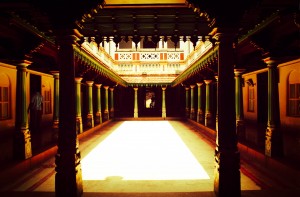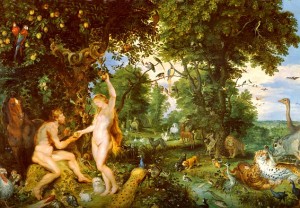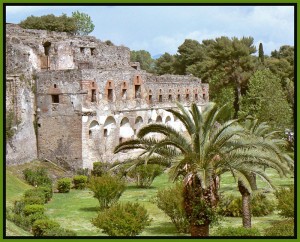 Thompson describes the framework for the text, stating that the study of science is not alone dependent on mathematics, nor is it simply to be viewed as unexplainable, divinely created phenomena. His criticism is that both the scientist and the naturalist, among others, attempt to explain the natural world with a limited focus. The intent of this text is to foster a more diverse approach to the study of the concepts of growth and form from a mathematical perspective. Thompson, states that “numerical precision is the very soul of science.”
Thompson describes the framework for the text, stating that the study of science is not alone dependent on mathematics, nor is it simply to be viewed as unexplainable, divinely created phenomena. His criticism is that both the scientist and the naturalist, among others, attempt to explain the natural world with a limited focus. The intent of this text is to foster a more diverse approach to the study of the concepts of growth and form from a mathematical perspective. Thompson, states that “numerical precision is the very soul of science.”
Thompson pointed out – in example after example – correlations between biological forms and mechanical phenomena. He gives various examples of animals and plants in nature, how their form can be interpreted through mathematical relations. For example, the difference between the bones of a Sheep, Ox and a Giraffe is the transformation of the bones in x and y direction. He also showed the similarity in the forms of jellyfish and the forms of drops of liquid falling into viscous fluid, and between the internal supporting structures in the hollow bones of birds designs. Thus every organic form is the transformation or deformation of another. In the case of leaves ,fruits, vegetables or even the human kidney, have a point of arrest from which they grow into their resultant form. From various species of plants or all organisms in nature represent simple mathematical geometry. It can be summarized also as proportions of the original figure on a new plane. The consistency of the deformation is the crucial point here: it is obvious that any fish form could be made to look like any other fish form, if it were sketched on a perfectly deformable elastic sheet and stretched in many directions at once. But Thompson showed that if the sheets were stretched in one particular pattern, then a new species form would be generated. Thus nature proceeds from one type to another among organic as well as inorganic forms and they vary according to their own parameters and are designed by physio -mathematical conditions of possibility. While Deleuze and DeLanda think differently . They believe in a bottom-up or rhizome system where each individual at any scale is capable of altering the whole although the extent may vary and the end result may even be unintentional.Thompson also made a critic to the study of Darwinian evolution because it has not taught us the actual links between animals group; he concludes that no one straight line of descent, or of consecutive transformation, exists.
Therefore how far mathematics will suffice to describe, and physics to explain, the fabric of the body, no man can foresee.Thus I conclude growth and form cannot co-exist without each other.They share a part and whole relationship and our directly proportional to each other.
Possible topic of research:
Can growth and form co-exist without each other?Is the growth of every city directly proportional to the character that shapes it?If everything can be mapped mathematically is it the beginning of evolution of digital computation?





